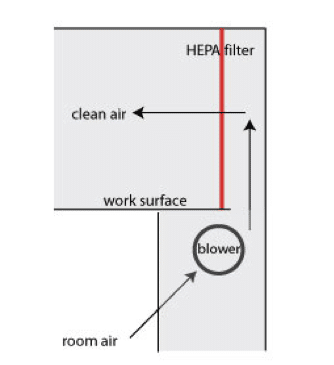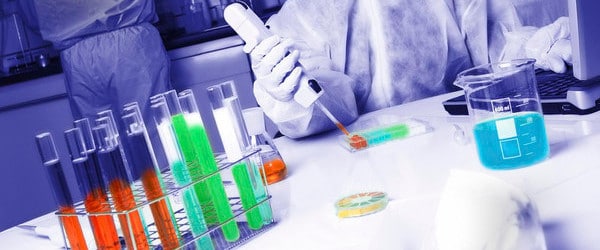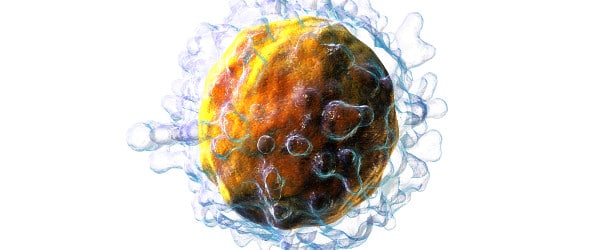Biological safety cabinets, laminar flow hoods, clean hoods and culture hoods are all common names for those essential pieces of equipment that you use in cell culturing. The terms are used inter-changeably, but in fact there are lots of different types of culture hoods, each of which does a different job.
Knowing which is which is essential for the safety of you, your cultures and your labmates. So here’s the low-down:
All of the above types of culture hoods pump air through a HEPA filter (a barrier which is small enough to catch cells and viruses) in one direction or another to protect the cultures from the worker/environment, the worker/environment from the cultures, or both. An example is shown below.

Enjoying this article? Get hard-won lab wisdom like this delivered to your inbox 3x a week.

Join over 65,000 fellow researchers saving time, reducing stress, and seeing their experiments succeed. Unsubscribe anytime.
Next issue goes out tomorrow; don’t miss it.
There are two main types of hoods: clean benches and biological safety cabinets.
Clean benches only protect the cultures from the worker, so should only be used if the cultures are harmless to you and the environment.
The clean bench works by pumping air through a HEPA filter into the top of the cabinet, and then out of the front of the cabinet where the user sits. The air that comes through the HEPA filter is of course sterile, and the flow of sterile air over the workspace and out of the front of the cabinet prevents non-sterile air from the environment from entering the cabinet and contaminating the cultures.
Biological safety cabinets
There are 3 main classes of Biological safety cabinets (BSCs) – the thing they all have in common is that they protect the worker/environment from the cultures.
Class I BSCs protect the worker and environment but not the samples. Class I BSCs draw “dirty” room air into the cabinet and do not filter the air prior to circulation throughout the cabinet. Air is filtered through a HEPA filter prior to exhaust to prevent release of pathogens into the environment. (i.e. this is the opposite flow to the one shown in the diagram above)
Class II BSCs are the most common cabinets found in the lab and are the type of cabinet used for mammalian cell culture. Class II cabinets protect the worker, the environment and the samples. Air is HEPA-filtered as it is drawn into the cabinet and is also filtered upon exhaust. Because filtered air is circulated throughout the cabinet, aseptic procedures can be performed preventing contamination of samples. Class II BSCs are subclassified based upon airflow patterns, velocity, ventilation rates and exhaust methods.
Class III BSCs are gas tight cabinets that provide the highest level of protection to worker, environment and samples and are only used in maximum containment laboratories. They are custom built according to lab needs.
So there you have it. Whatever you call it, make sure you know what you are culturing in, and check that it is suitable for the job. And make sure you don’t abuse your biological safety cabinet!








